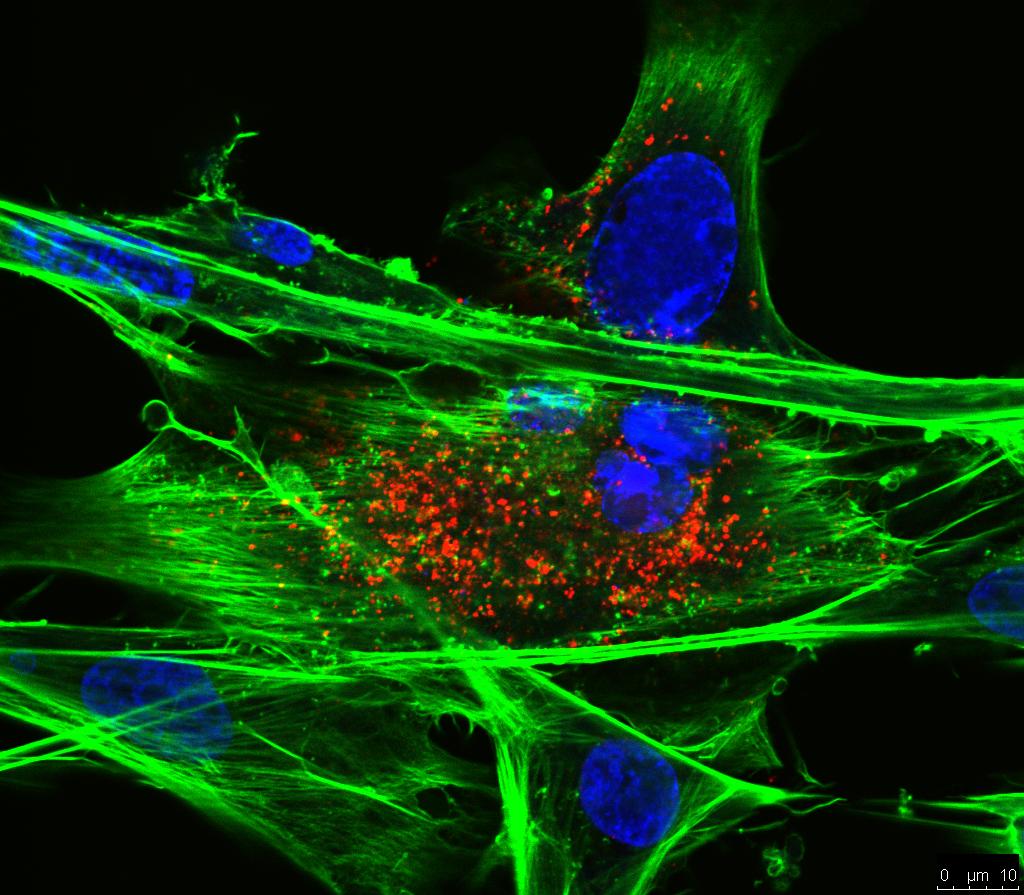Insights from the crystal structure of the chicken CREB3 bZIP suggest members of the CREB3 subfamily transcription factors may be activated in response to oxidative stress
cAMP response element binding protein 3 (CREB3) is an endoplasmic reticulum (ER) membrane-bound transcription factor, which belongs to the basic leucine zipper (bZIP) superfamily of eukaryotic transcription factors. CREB3 plays a role in the ER-stress induced unfolded protein response (UPR) and is a multifunctional cellular factor implicated in a number of biological processes including cell proliferation and migration, tumour suppression, and immune-related gene expression. To gain structural insights into the transcription factor, we determined the crystal structure of the conserved bZIP domain of chicken CREB3 (chCREB3) to a resolution of 3.95Å. The X-ray structure provides evidence that chCREB3 can form a stable homodimer. The chCREB3 bZIP has a structured, pre-formed DNA binding region, even in the absence of DNA, a feature that could potentially enhance both the DNA binding specificity and affinity of chCREB3. Significantly, the homodimeric bZIP possesses an intermolecular disulphide bond that connects equivalent cysteine residues of the parallel helices in the leucine zipper region. This disulphide bond in the hydrophobic core of the bZIP may increase the stability of the homodimer under oxidising conditions. Moreover, sequence alignment of bZIP sequences from chicken, human and mouse reveals only members of the CREB3 subfamily contain this cysteine residue, indicating it could act as a redox-sensor. Taken together, these results suggest activity of these transcription factors may be redox-regulated and they may be activated in response to oxidative stress.
